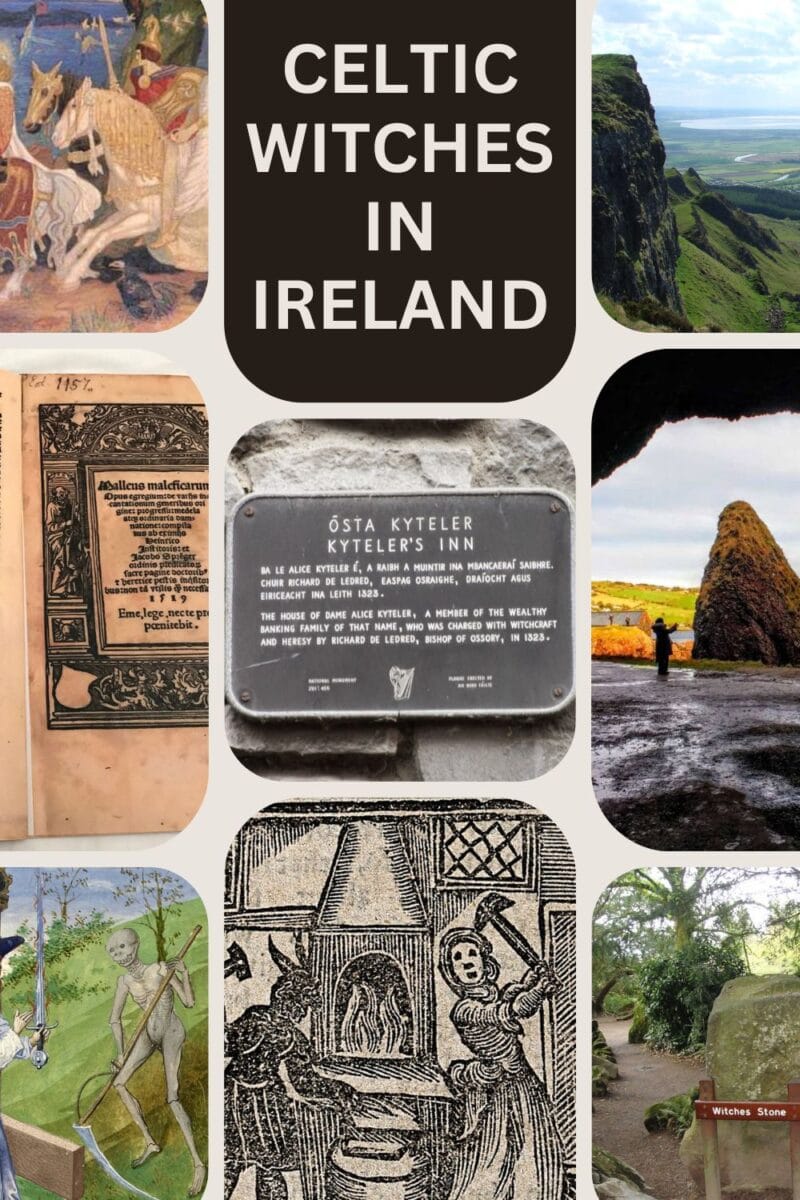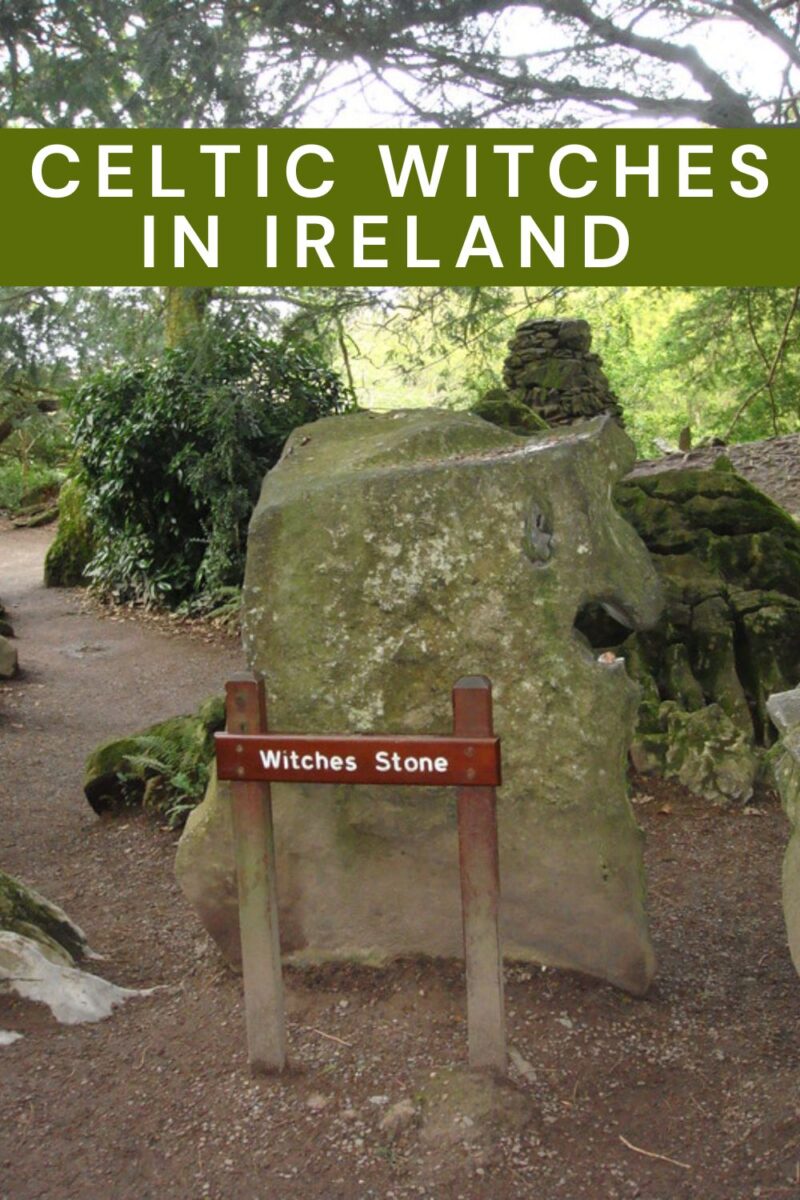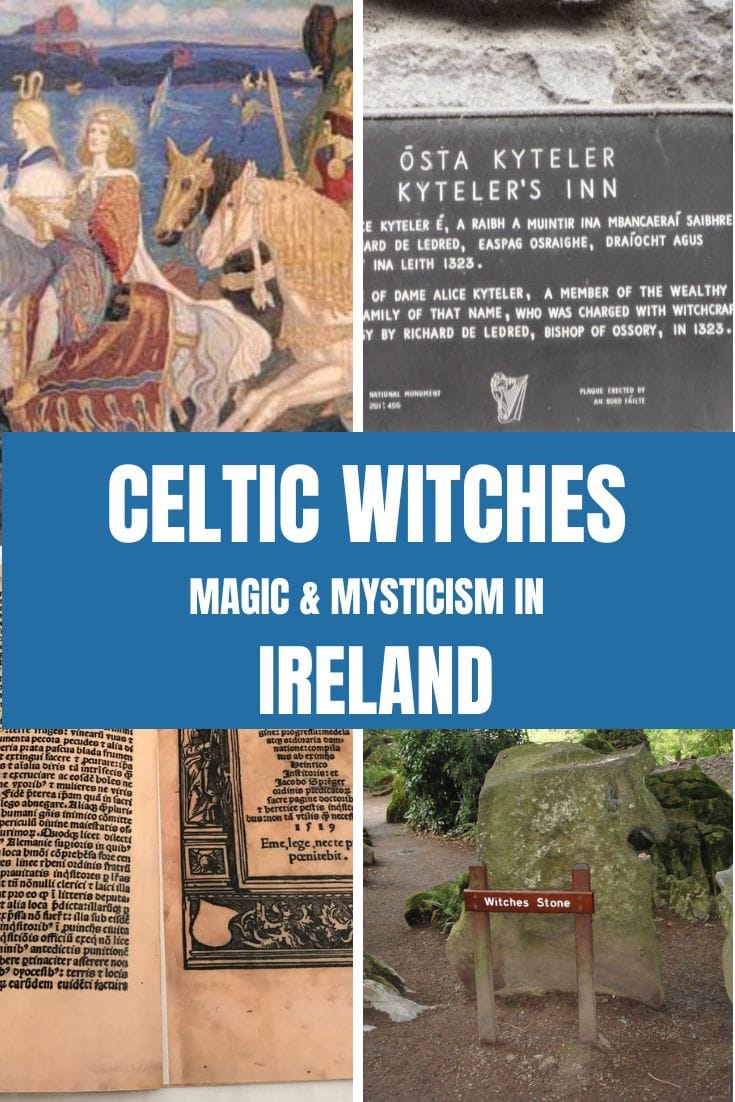Irish mythology witches – magic & mysticism in Ireland
Society has always found a way to punish women who step above what is considered their station in life. Poor women who are outspoken, women who use earth magic to heal, wise women who tell the stories of morality and folklore. Women who use ancient methods to heal, grow crops, feed their families, or lead a community have been targeted by men who wanted to keep that kind of power for themselves.
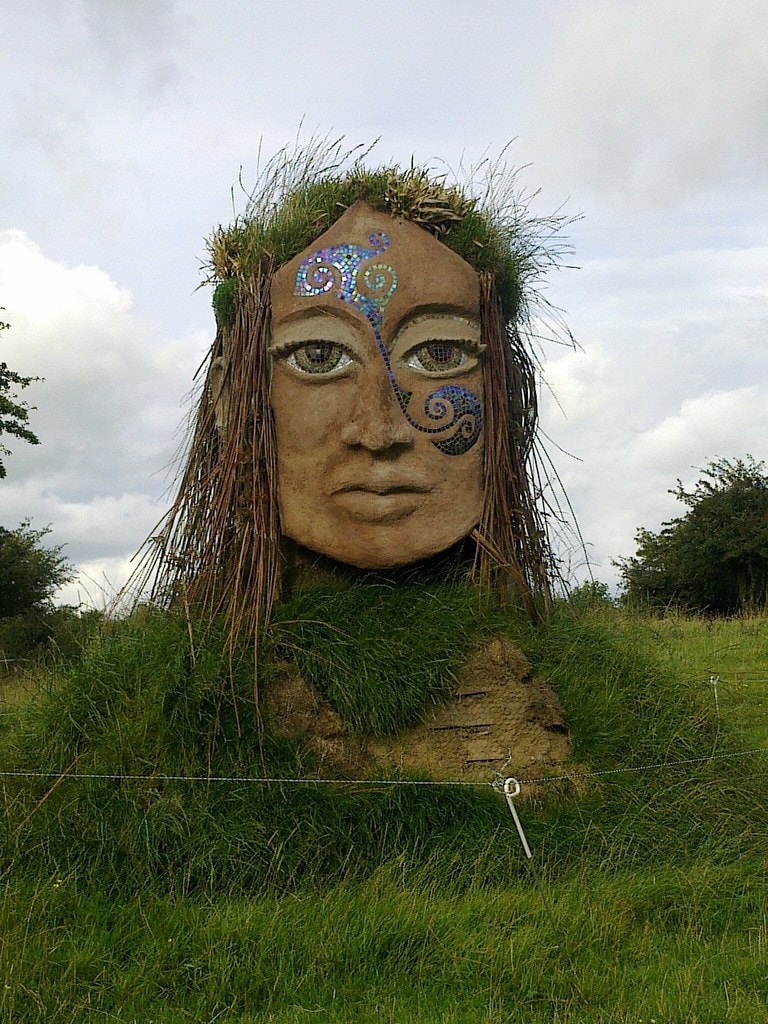
Irish witches though are a different story, with its long history of magic and mystery But Ireland has never had the same witch “problem” that tore through the rest of Europe and America.
The witches of Ireland were very different and Ireland was not wracked by the hysteria that took hold across Europe during the 1400s. The Germanic witch hunts were fed by the wars between the Protestants and Catholics during the religious Thirty Years War. Over 90,000 witches were prosecuted during these times and at least 30,000 to 45,000 were in the German territories.
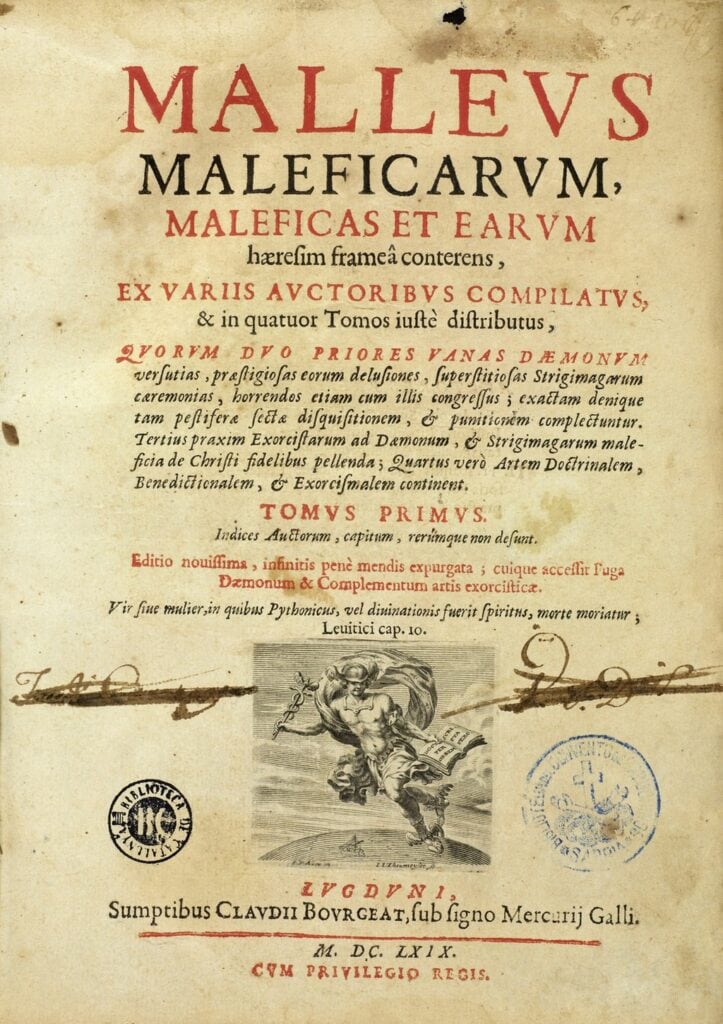
It was a German Catholic, Heinrich Kramer who wrote the Malleus Maleficarum (The Hammer of Witches). Kramer was a Catholic inquisitor and for 2 centuries after it was published it sold more than any book except the bible.
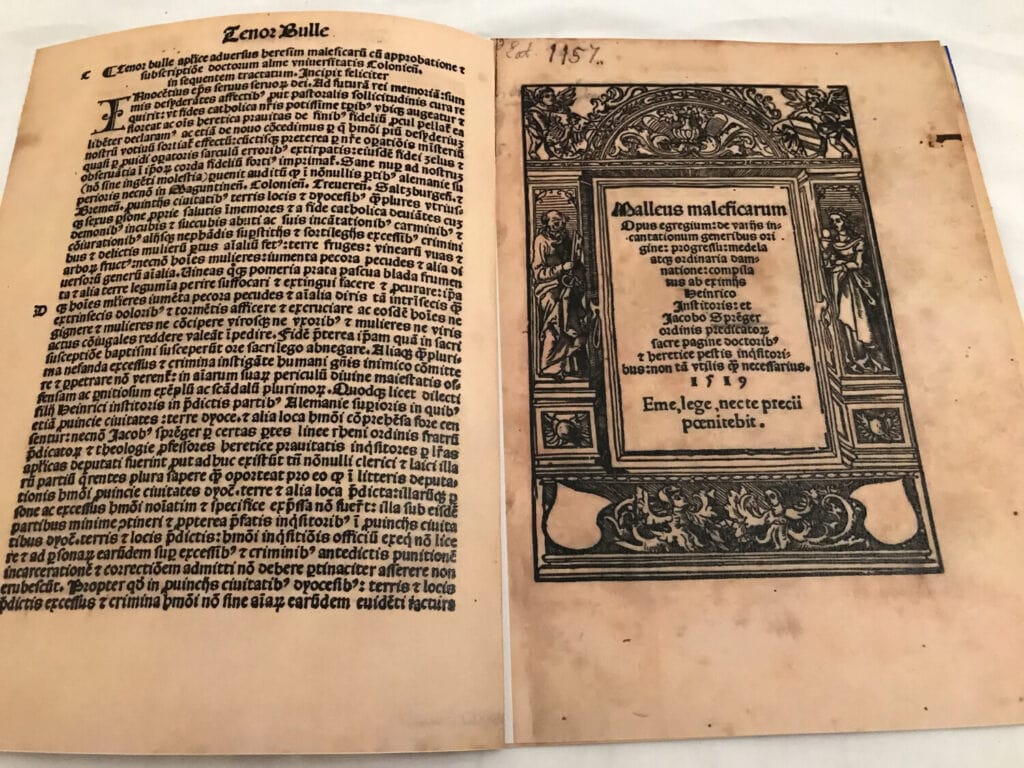
Irish Witches
Ireland’s folktales are full of stories about the Cailleach or the Celtic witch. She would descend from the mountains at Samhain to rule the land until Beltaine. The most ancient of all Celtic legends. Cailleach means “Old Wife” and she is one of the great Celtic ancestors, the Cailleach was the goddess of the cold and the winds. Sometimes known as the Veiled One or the Queen of Winter, the Cailleach determined the winter’s length and harshness. She is both divine hag and creator deity.
How do you say witch in Irish gaelic? The Cailleach, which means old hag, is sometimes described as crone, but also, more positively, as the ”divine feminine. ” Cailleachs played an important role in Celtic society; Cailleachs acted as a bridge between the supernatural other world and the natural world.
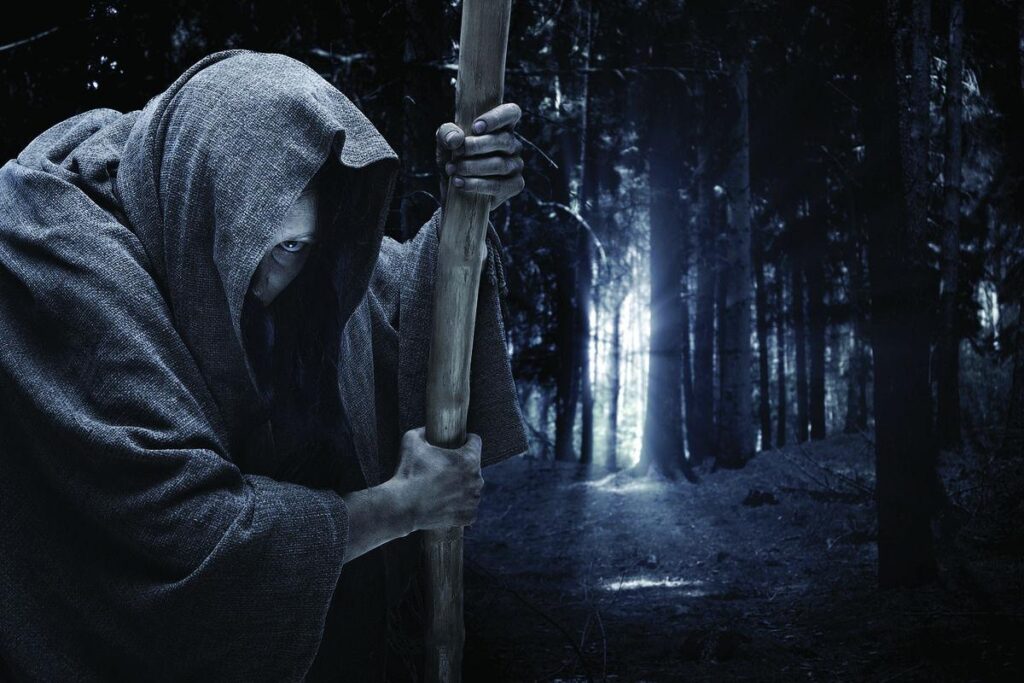
The Cailleach dwelled in Scotland, Ireland, and the Isle of Man and many places remain dedicated to her within these regions.
The Yellow Book of Lecan is a medieval book of tales, that reported people referred to Samhain as the “Feast of Mongfind,” a legendary witch-queen who married the King of Tara in old Ireland and was central to ancient Samhain celebrations.
Irish witches history includes that of 8 so-called Celtic witches but its earliest incarnation in Ireland was the story of the Butter witches. Irish witchcraft is personified by the early Butter Witches of Ireland.
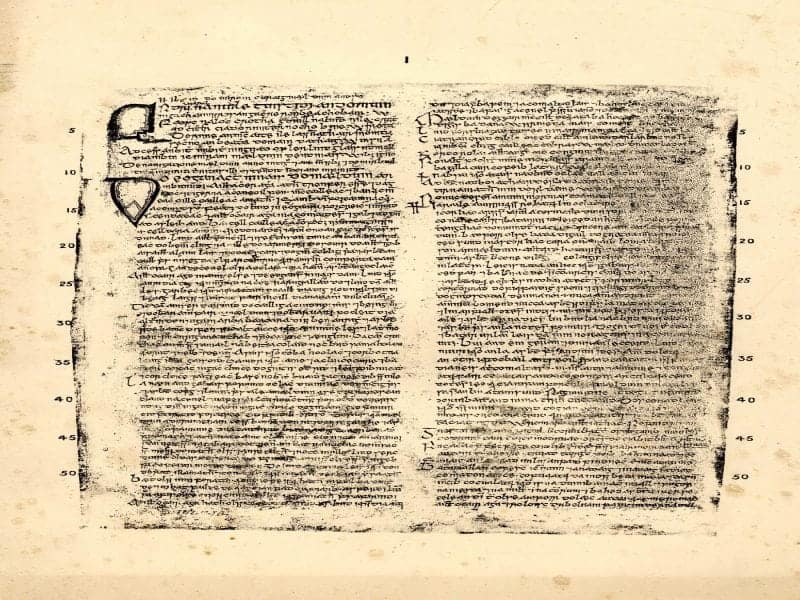
The Irish or Celtic peoples have long believed in fairies and supernatural beings who visit from another dimension and the myths and legends of the Tuatha Dé Danann. This could well be why the Irish never had much interest in persecuting witches as they already believed that magic filled the air in Ireland.
Interestingly the most important god in Irish mythology is The Dagda who was according to legend a King and a Druid. The Dagda is associated with magic, fertility, druidic practices, wisdom and agriculture.
Irish Witches history – witchcraft in Ireland
The first Celtic witches in Ireland were known as butter witches. Butter witches were supposedly responsible for attacks on livestock and stealing milk and dairy products. These Irish witches were always female but they were easily dealt with through charms or countermagic. They were also only thought to be active on Beltaine around May Day and May eve.
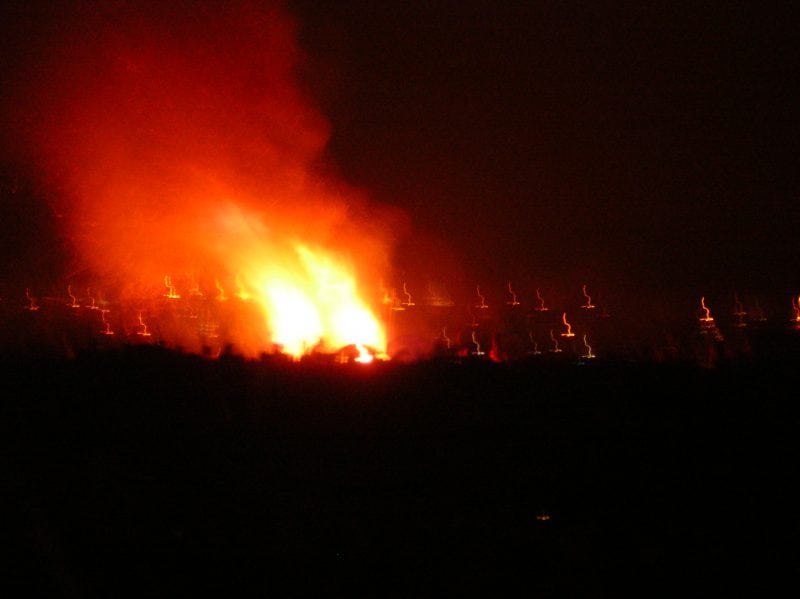
These Irish witches or hags were often poor and usually widowed and known within their communities as “touched” or odd. To protect their households from the Butter witches locals would strew marigolds and primroses across the windowsills and doorways and to protect their cattle they would leave rowan or mountain ash branches on the barns or byres. Milk was left out for the fairies so they would protect the home’s inhabitants.
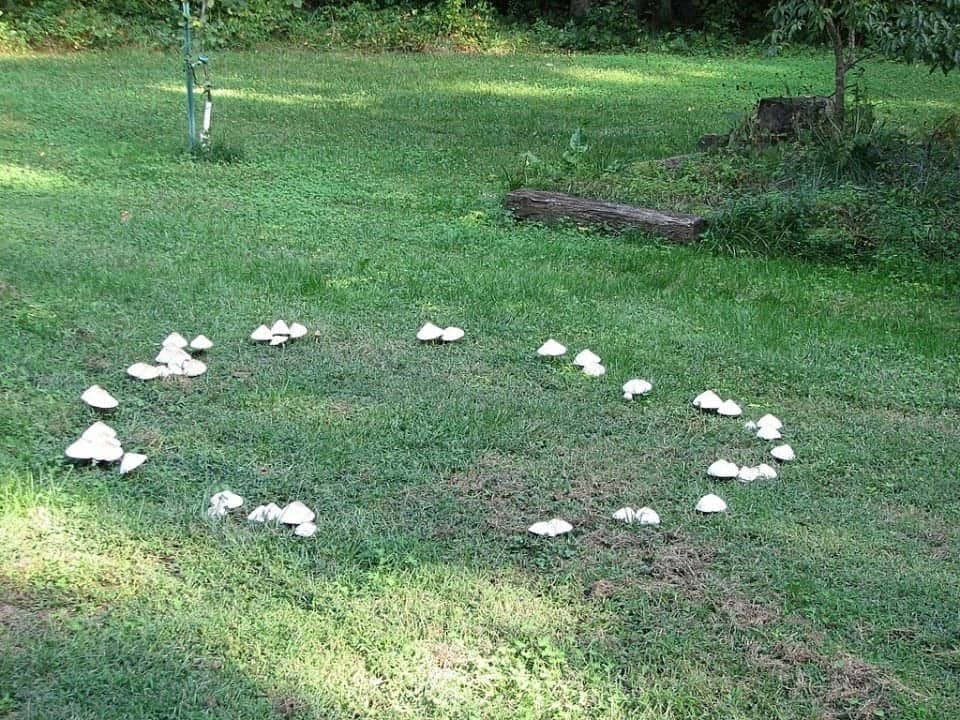
History of Celtic Witches in Ireland
Goody is the name associated with many witches and essentially it is derived from the term Goodwife which was used as a polite form of address for a married woman in the 1300’s. It became associated with witches due to the trials in Salem in the witch trials of 1692.
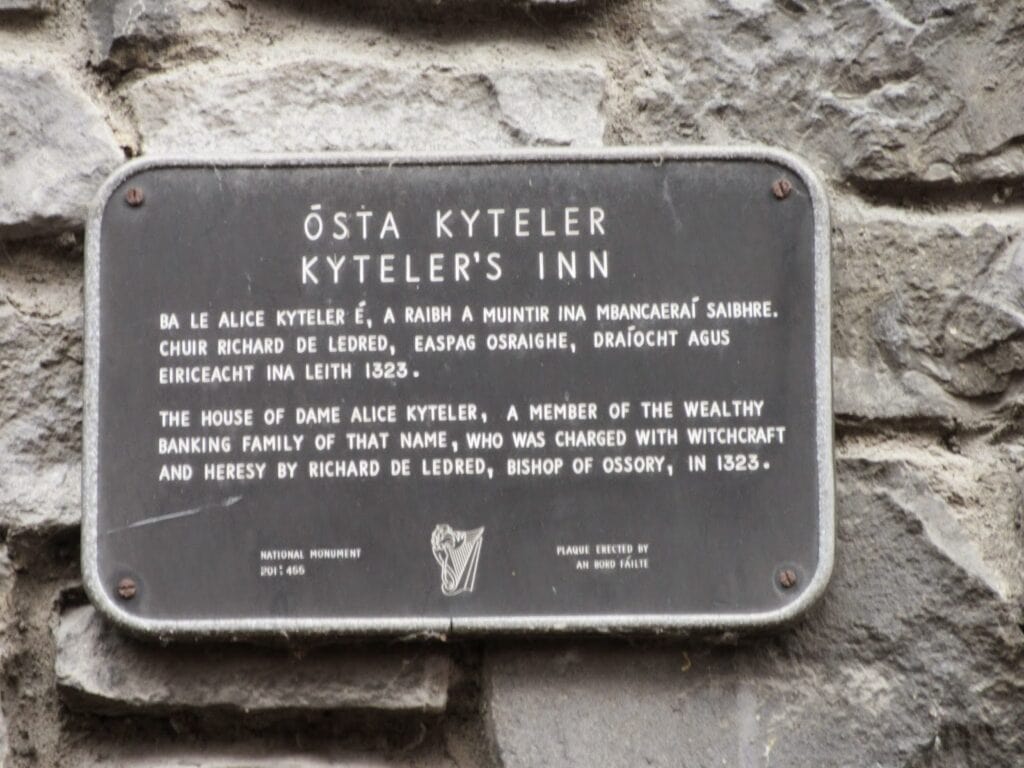
The first witch trials in Ireland
Alice Kyteler the witch of Kilkenny
Dame Alice Kyteler was the daughter of a family of Flemish merchants who settled in Ireland in the 13th century. They chose Kilkenny as their home and set up a money lending business.
Her first husband William Outlawe was a banker and 20 years older than Alice and they had one son William. After his birth, Alice expanded their house and developed it into an Inn. Alice, being a very attractive and rich woman was sought out by many men in an attempt to gain her favour. At this time rumours began about her performing satanic rituals.
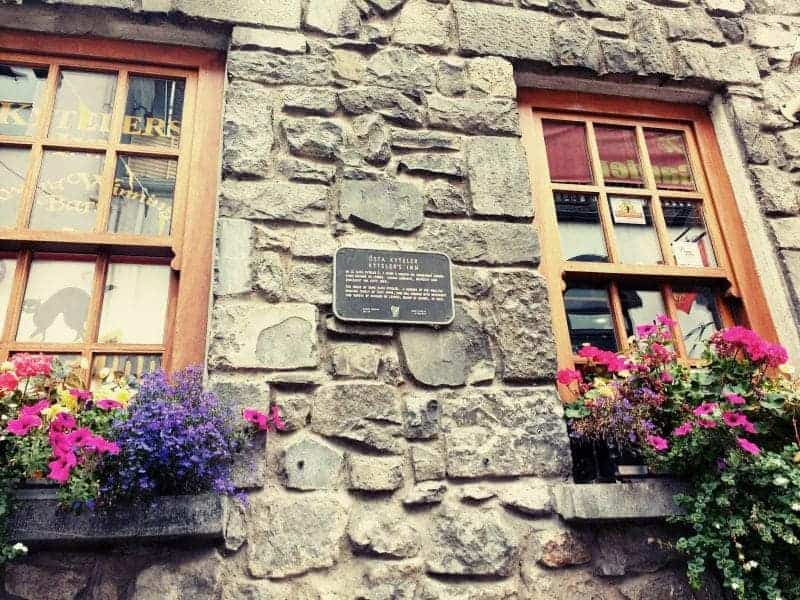
Her husband died quite suddenly and in 1302 she was accused of killing him with the help of the man who became her second husband Adam le Blund. It was rumoured that Alice has a cupboard in the basement full of witchcraft supplies like the eye of newt, dead man’s hair and more.
Within months Alice had remarried Adam Le Blund a banker who had several children. In 1310 Le Blund died as a result of a ‘drinking spree’ and, like her first husband, he left Alice incredibly wealthy.
Her stepchildren believed that Alice had cheated them out of their share of the wealth from her husband and probably fuelled the rumours of her supposed witchcraft.
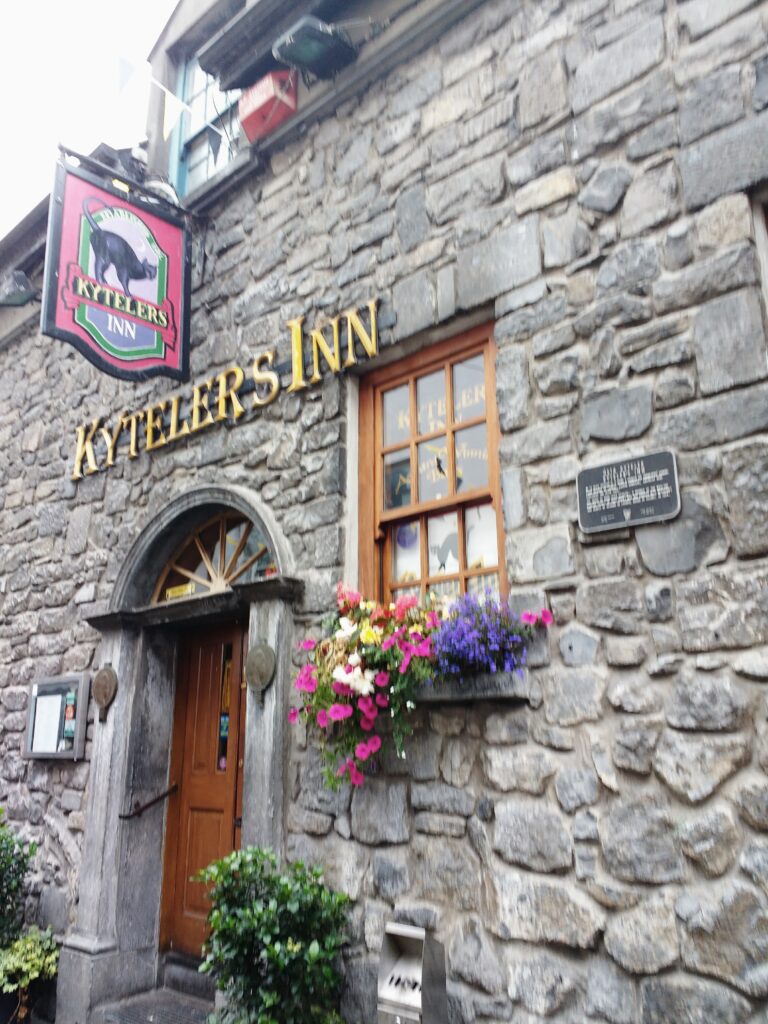
Running an Inn meant that Alice hired several women to help serve and it was said that they were part of Alice’s coven. One of the women, in particular, was Petronella de Midia with whom she became firm friends.
In 1311, Alice married again in 1311 and her third husband Richard de Valle was a wealthy landlord. Richard was supposedly in the prime of life but shortly after marrying Alice, he began to deteriorate after enjoying a sumptuous banquet. In order to claim her widow’s dower Alice had to take his son to court for withholding of the money, she was due.
In 1320, Alice married her fourth husband, Knight John Le Poer and again soon after the marriage, his health began to go downhill. It is said that he became feeble with his hair and fingernails falling out. They are symptoms of arsenic poisoning.
John believed that his wife was poisoning him and approached the Friars at St. Francis’ Abbey for help. The Friars then contact the Bishop of Ossery who made several attempts to have Alice arrested. With Alice’s powerful friends the Bishop himself was arrested and held in prison for 17 days but he did not stop his persecution of Alice when he was set free.
Due to Alice’s family connections, she was not arrested until 1324 when the Bishop managed to have an inquisition held and took Alice her son William and several of her servants and friends to trial.
Alice was held in the dungeons of Kilkenny Castle – Alice and her disciples were condemned to be whipped through the streets, tied at the back of a horse and cart after which Alice, as chief priestess and instigator would be burned at the stake.
It was Alice’s former brother-in-law Roger Outlawe who is believed to have engineered her escape from the dungeons of Kilkenny Castle. Alice fled to Dublin taking with her Petronilla’s daughter, Basilia, and she was found guilty in her absence of witchcraft.
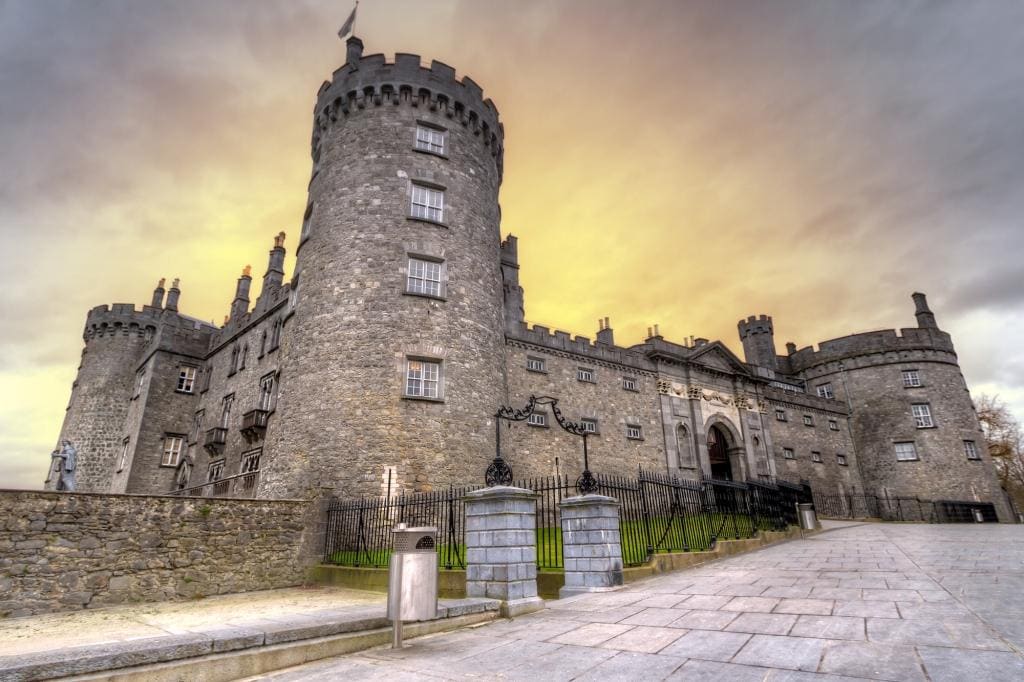
Alice’s son William was convicted and ordered by the Bishop to attend three Masses every day and to give alms to the poor. He was also made to repair the roof of St. Canice’s Cathedral as punishment. This light sentence was in sharp contrast to the torture handed out to less wealthy friends of Alice, including her maid Petronella who was tortured, whipped and finally burned at the stake in front of a large crowd outside the Tholsel on the 3rd of November 1324.
Petronilla de Midia
Petronilla de Midia was Alice’s maid and along with Alice was tried for the crime of witchcraft. In an attempt to convict Alice the Bishop ordered the torture of Petronilla and she confessed. Petronilla claimed that she and Alice would apply a magical ointment to a wooden beam, which gave them the ability to fly.
Her sentence was that she should be whipped six times “flogged through six parishes” and then condemned to be burnt at the stake.
Florence Newton
Florence (Goody) Newton was known as the Witch of Youghal – a town in Cork The accusation of witchcraft began when she was begging at the house of a Youghal nobleman John Pyne during Christmas of 1660.
Florence begged for a piece of beef and Mary Longdon, Pyne’s maid refused her request. Upon the refusal of the beef Goody supposedly said “thou hads’t as good as given it to me”. Later these words came back to haunt her as they were twisted into being a curse against the maid.
A week after the incident Florence met Mary at the local well and asked if they could be friends and “kist” her. Mary was then taken ill and had fits and trances so violent that 4 men could not hold her down.
Florence was then called out as a witch who had cursed Mary and witnesses at her trial in 1661 told how Mary had vomited wool, straw, pins and needles and her fits got worse when Florence was brought to her.
Florence was imprisoned and during her time in prison was accused of cursing her guard David Jones to death after she kissed his hand through the bars. According to the court papers, Jones developed shooting pains in his arm and died screaming Florence’s name. The witch trial madness spread through the town and many high-ranking citizens turned up at the trial to tell tales of seeing Mary’s possession by witchcraft.
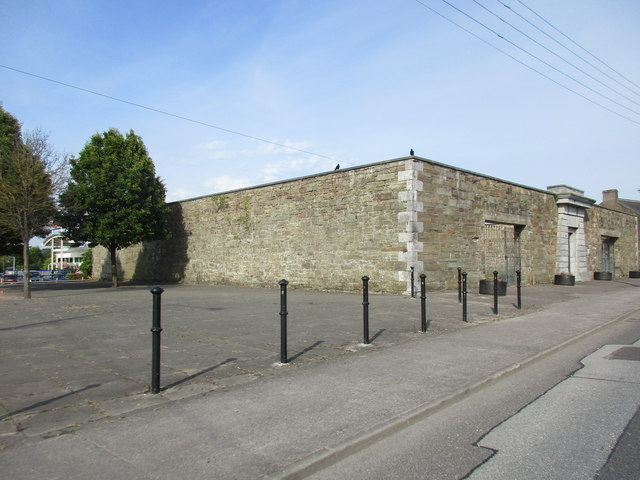
Florence was subjected to many witch tests including the ability to say the Lord’s Prayer, the appearance of familiars and having awls pushed through her hands.
Documents from the time state that “Florence Newton of yoghall spinster dyed aboute sixty-five or thereabouts at the last Assizes held for the County of Corke the Eleventh of September 1661”. This could indicate that Florence Newton was indeed found guilty of witchcraft and sentenced to death, making her the only woman to be executed for witchcraft under the 1586 Act. However, it could also mean that Florence died before the judgement could be pronounced and therefore was not executed.
The Witches of Islandmagee
Islandmagee is a peninsula that lies between Carrickfergus and Larne and is home to the famous Gobbins Cliff Walk. In March of 1711, eight women were brought to trial in Carrickfergus, charged with the crime of witchcraft, and the demonic possession of a young girl. They were found guilty but unusually for witch trials they were jailed for one year and put in stocks prior to jailing.
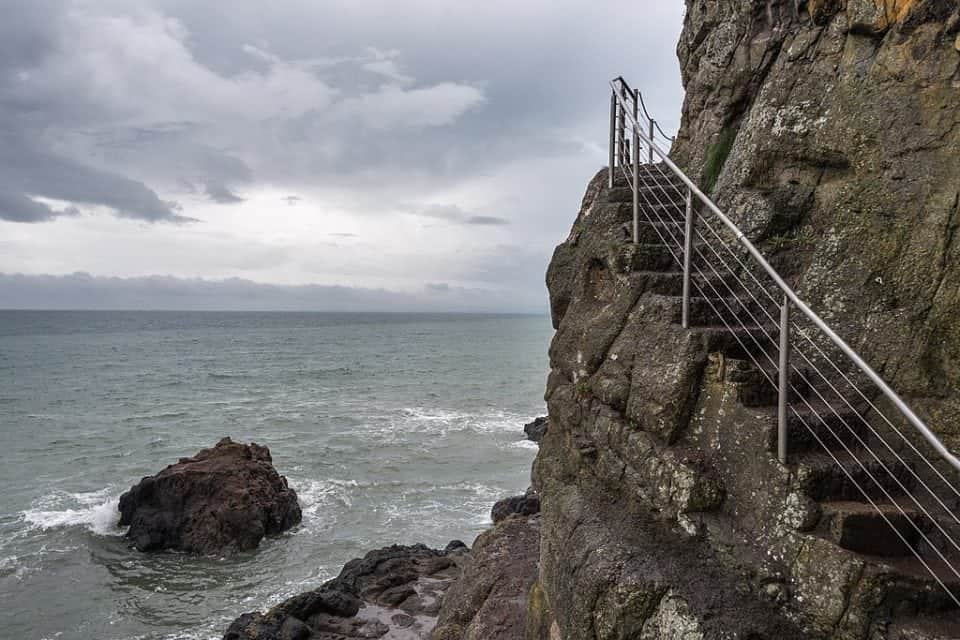
The trial came about because Ann Haltridge (mother-in-law to Mrs James Haltridge) began to be haunted in a variety of ways, with the most frightening being a demonic ‘boy’ that threatened her with frightening regularity. She died in February 1711 after a series of nasty events.
After her death, Mary Dunbar came to stay with the family and she too began to report apparitions, including the demonic boy, fits, convulsions, and vomiting of various household items such as pins and feathers.
Mrs James Haltridge accused the 8 women of demonic possession of her niece Mary Dunbar who was having fits of blaspheming, shouting, cursing and throwing bibles.
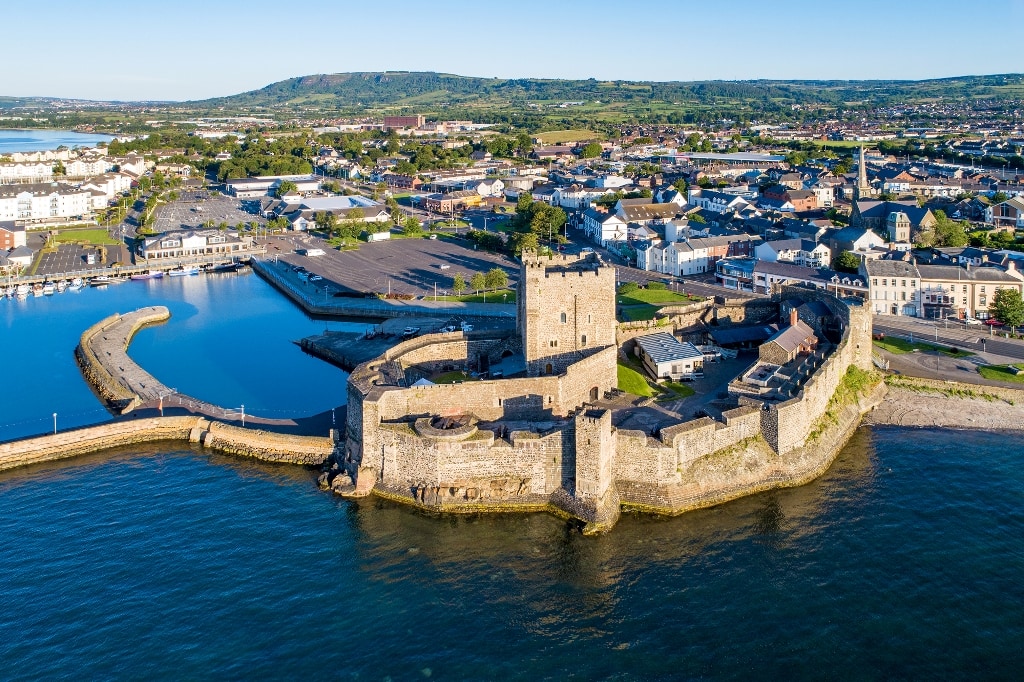
The women named were of course those who were poor, smoked tobacco, cursed and couldn’t say the Lord’s Prayer by memory. They were women who were also healers and herbalists. During their arrest, they were attacked by a mob and one of the accused lost an eye. Janet and Elizabeth Sellor’s husband and father were convicted as well, however, he was sentenced to be executed in the summer of 1711. He was the only Irish male witch ever found and convicted.
Mary Dunbar herself died three weeks after the trial in April 1711. The 8 women who were found guilty were sentenced to stocks and prison for a period of one year.
Mary Butters
Mary Butters was born in County Antrim in Carrickfergus around 1770. Mary would have witnessed the Islandmagee witch trials and she herself was called a White Witch. Mary practised her “magic” using herbal remedies and ancient superstitions. Mary was well known in the County for curing cows of a variety of ailments.
Elizabeth Montgomery believed that one of the women in Carrick Town had bewitched her cow and so she brought Mary in to cure it. Mary attempted to churn some butter with the milk but it didn’t work. Some tried to drink the milk but it made them ill.
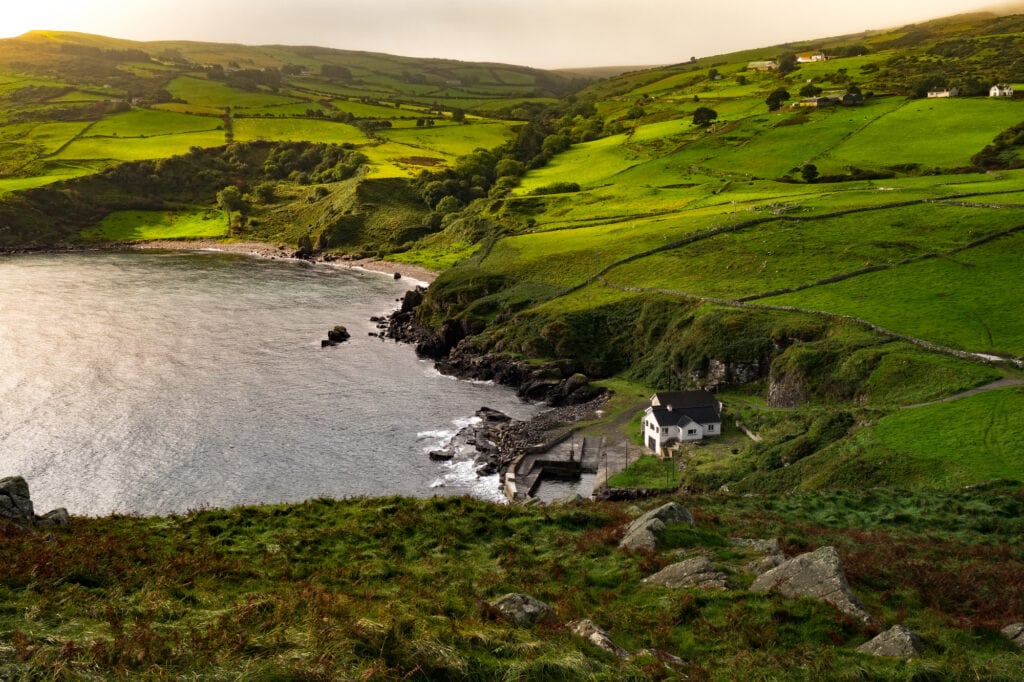
Attempting to use some ancient tales Mary told Alexander (Elizabeth’s husband) and another young man to stand by the cow house and turn their waistcoats inside out. They were to wait there until she called them.
Mary went into the house with Elizabeth, her son David, Margaret Lee and an old woman. In the house, she began to brew a concoction of pins, sweet milk, nails and so on and ordered the house sealed up. The smoke was to purify the house.
At dawn, Alexander returned to the house and had to break the door down. Inside he found Elizabeth and David dead but Mary and Margaret were alive.
In August an inquest was held by the coroner James Stewart and he found Mary was not a witch but the deaths were the result of an unfortunate accident. Mary became known as the Carmoney Witch and was a local legend with a ballad written about her, she continued to aid those whose cows got sick and appears to have died in Carrickfergus on 28 April 1839.
Biddy Early, The Wise Woman of Clare
Biddy accomplished a great deal of success in the face of oppression and hardship, during a time when her religion and heritage were the subjects of discrimination by the English rulers of Ireland. The best evidence of her success is the fact that Biddy is the only individual Irish healer from previous centuries who is remembered today despite Ireland’s long history of folk medicine. The cottage where she lived has been restored and is now a minor tourist attraction in the area.
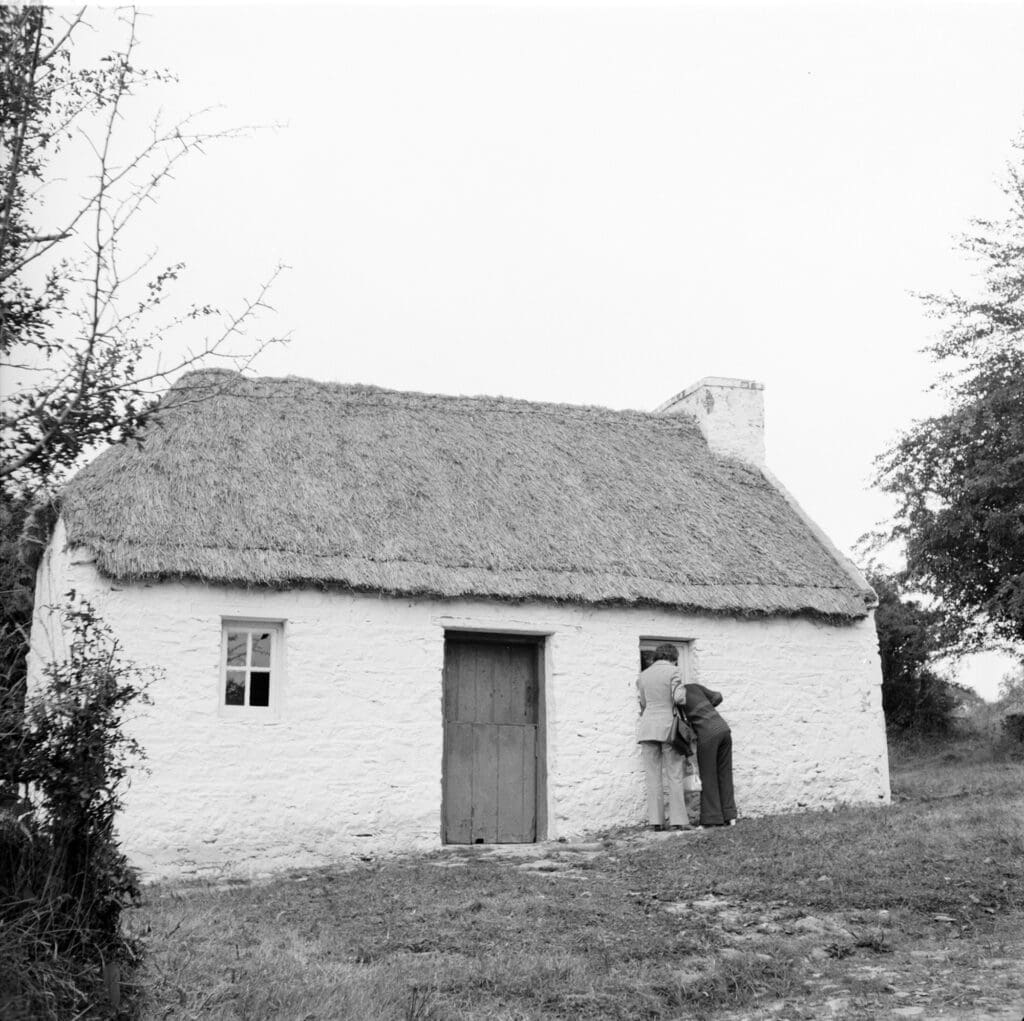
When Biddy was 18, she was living in the poorhouse near Limerick and she met her first husband Pat Malley on market day. They had a son Paddy and they lived in a three-room cottage in Feakle.
It was here that Biddy began to gain a reputation as a healer and she provided herbal cures to the local people. Biddy was widowed at 25 and she later married her stepson, John Malley, shortly after Pat’s death. John Malley died in 1840 from a liver ailment and Biddy was a widow again at 42 she then married Tom Flannery and moved to a two-room cottage on Dromore Hill. It was here that her reputation grew
Her third marriage was to a man named Tom Flannery, who was younger than she was. Tom was a labourer and native of Finley, Quin, County Clare. The couple moved into a two-room cottage on Dromore Hill in Kilbarron. It was situated over a lake, which came to be known as Biddy Early’s Lake.
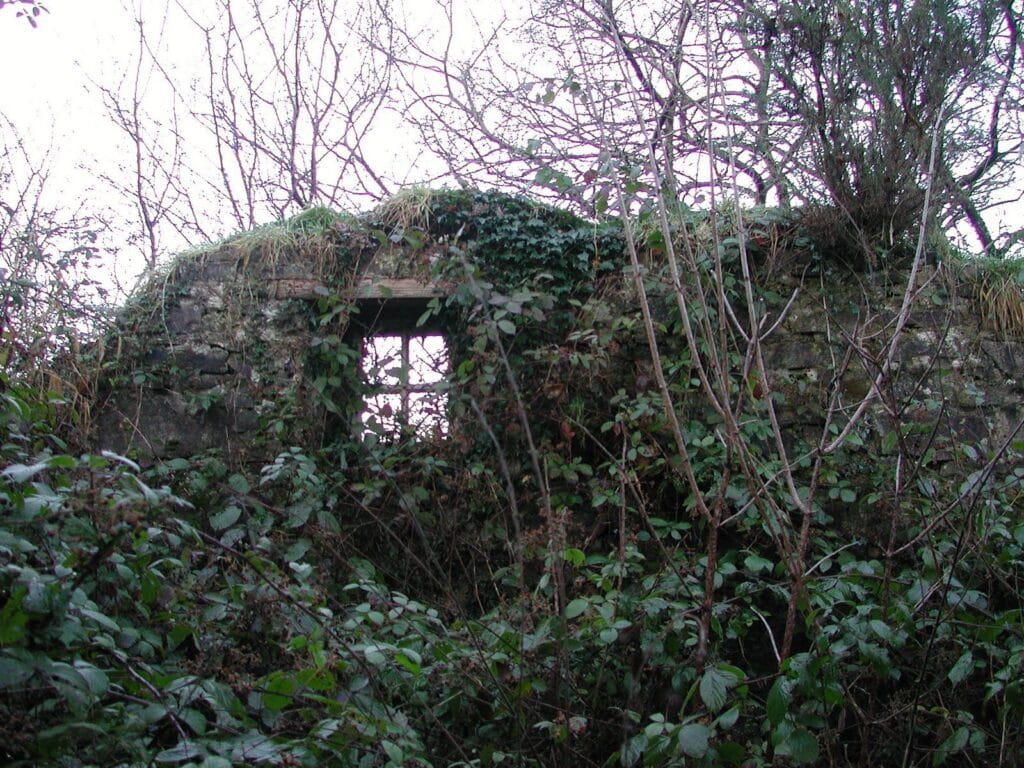
Biddy was not just famous for her cures she also had lots of trouble with the Church, Doctors, police and the law. As usual, a woman with a mind of her own and not afraid to speak out she came into conflict with a patriarchal system – no surprises there. Biddy Early was buried in Feakle Graveyard in County Clare, her neighbours arranged for the burial and grave.
Bridget Cleary
On March 22nd 1895 in the small Tipperary village of Ballyvadlea, the Police found a badly burned body in a shallow grave. It was the body of Bridget Cleary, a 26-year-old woman who had met her death because of the belief that she was a fairy changeling.
Bridget was a 26-year-old beautiful outspoken woman who was a dressmaker and was the first woman to own a sewing machine in her village. The village women considered her a bit high and mighty because she earned her own money and was an independent thinker.
Bridget was fascinated by fairies and often went to visit certain areas or places where the tales of the little people were strong. Bridget often visited a nearby ringfort and this medieval settlement was called a “fairy fort” and known to be inhabited by the wee folk.
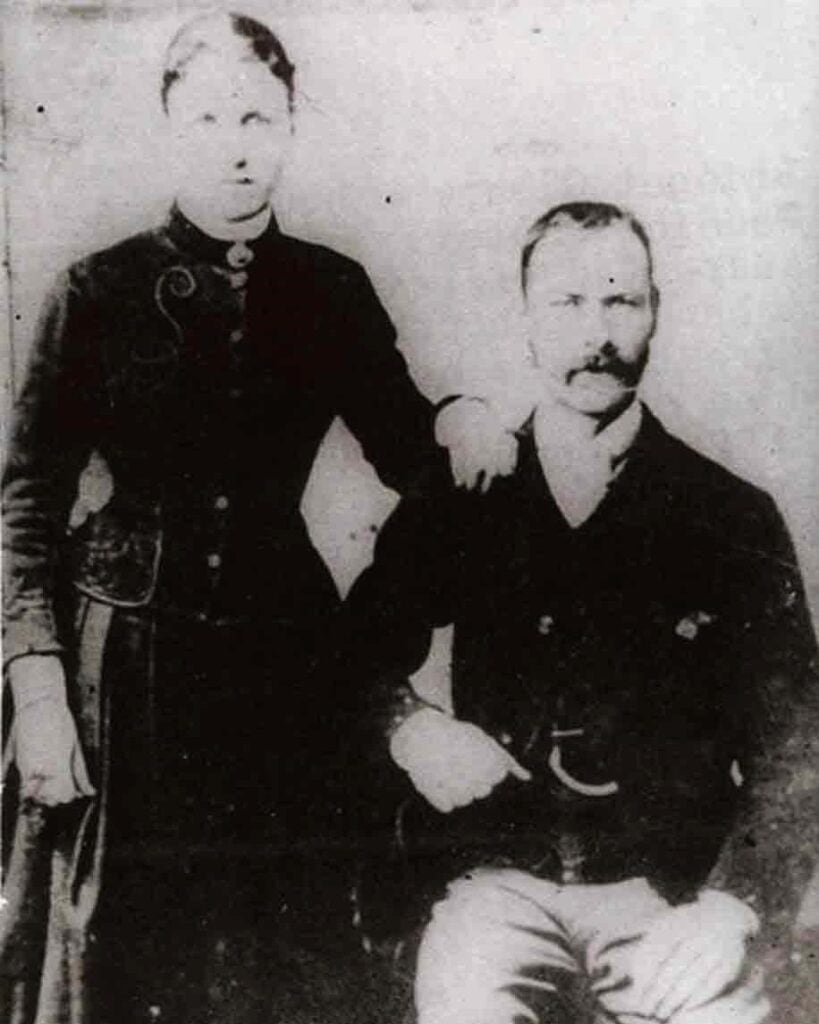
In March of 1895, Bridget caught pneumonia and the illness caused her to waste away her appearance was so changed that her husband thought she had been swapped for a “changeling”. At some point, Michael had developed the belief that Bridget had been replaced by a fairy changeling as she passed near the fairy fort on Kylenagranagh Hill.
Michael was said to have visited a “fairy doctor” who gave him advice and solutions to prove that his wife had been stolen by the fairies. He attempted to try these ideas on Bridget and as a result, ended up killing Bridget by setting her on fire. He wrapped her body in a shroud and took it into the woods to hide it.
The following day Michael showed up at church in a state and when the priest saw him and spoke to his friend he learned what had happened and the priest called the police. The police later found Bridget’s body and charged Michael and his family and friends who had helped him.
Michael along with Jack Dunne (the Fairy Doctor), Patrick Boland, and four of Bridget’s cousins were charged with murder on July 5, 1895, after a two-day trial. The judge had decided that since they acted out of a sincere belief in fairies and witchcraft that they were not guilty of murder but of manslaughter.
On his release from prison in 1910, Michael left Ireland for Montreal. The Fairy Doctor Dunne returned to the area where he kept working.
Even today Bridget Clearly’s story is remembered in Tipperary with the children’s rhyme “Are you a witch or are you a fairy, / Or are you the wife of Michael Cleary?”
There are many practising witches and druids in Ireland today who believe in ancient traditions and folk magic. Ireland was and is a land steeped in legends and tales of fairies, banshees, mysticism and folklore and although witch trials in Ireland were fewer than in the rest of Europe. Many of Ireland’s ancient folks and their legends were converted into Irish Saints when Christianity arrived in Ireland.
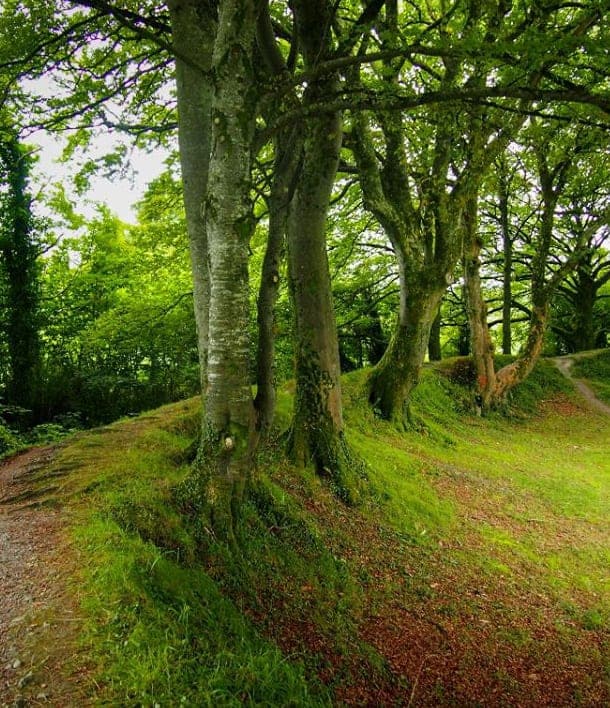
Irish children grow up even now hearing the stories and legends of the little people and still follow ancient rituals such as leaving untasted food on the table for the fairies, and not falling asleep near a fairy mound. The supernatural and fairies in particular are blamed for everything that goes wrong. So it’s no surprise that a land soaked in the mystic would not be terribly worried by a few witches.
You might also like
Witch Trials in England: 33 Witch Sites to Visit
10 Ancient Celtic Holidays to Celebrate in Ireland

